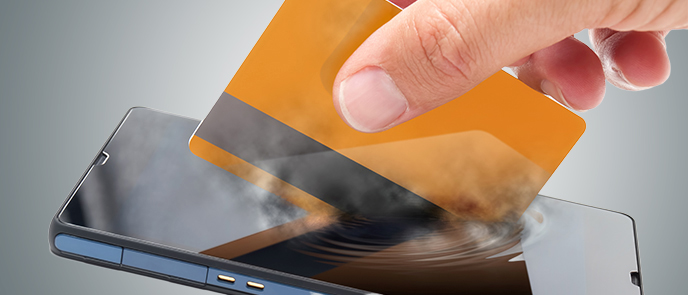-
NBS Tasks
Browse topics
- Monetary policy
- Financial market supervision
- Financial stability
- Banknotes and coins
- Payments
- Statistics
- Research
- Legislation
-
Publications
- Activity Report of the NBS Innovation Hub Annual Report Carbon Footprint Report of NBS Climate-related disclosures of NBS non-monetary policy portfolios Economic and Monetary Developments Financial Stability Report Investment Policy Statement of the National Bank of Slovakia Macroprudential Commentary
- Policy Briefs Report on the Activities of the Financial Market Supervision Unit Research Papers: Working and Occasional Papers (WP/OP) Statistical Bulletin Structural Challenges Other publications Sign up for your email notifications about publications
- About the Bank
- Media
- Frequently asked questions
-
For the public
Browse topics
- About the Bank
- Exchange rates and interest rates
- Banknotes and coins
- Payments
- Financial stability
- Financial market supervision
- Statistics
- Legislation
-
Publications
- Activity Report of the NBS Innovation Hub Annual Report Economic and Monetary Developments Financial Stability Report Macroprudential Commentary
- Report on the Activities of the Financial Market Supervision Unit Research Papers: Working and Occasional Papers (WP/OP) Statistical Bulletin Other publications Sign up for your email notifications about publications
- Frequently asked questions
- Media
- Careers
- Contact
Mobile wallet
What is mobile wallet?

A mobile wallet is a digital wallet that allows customers to have, in a single application on a portable device, one or more payment instruments stored in a digital form, such as NFC contactless card payment, virtual cards, direct debit and other types of payment instruments.

The wallet reduces the need to carry cash or plastic payment cards and allows internet payments. The rise of NFC mobile payments started in 2014, when Apple launched the Apple Pay solution and many other companies followed, offering similar solutions. Other examples of mobile wallets are Google Pay, Samsung Pay, Alipay, PayPal Mobile App and Swish. Other potential actors will enter the market in the near future, and a number of institutions are also offering their own solutions.
Today, the mobile wallet market appears fragmented and in its early developmental stage. The frontier of the competition seems to be defined by the large commerce ecosystems managed by BigTech firms.
Digital wallets can be grouped into two broad categories:
- Client-side wallets are generally maintained by the customer, who downloads and installs a program and then enters all pertinent payment data on a mobile device.
- Server-side wallets are those maintained by the company supporting the digital wallet account and data on its systems.
The advantage of mobile wallet is that card and payment data are replaced with token and cryptogram to prevent real card data from being sent over the network and stored somewhere. How tokens and cryptograms are handled by the mobile wallet, how the security of them in storage and in transit is managed, and the design of the mobile wallet are essential for the security of mobile payments and depend on the underlying technologies.
Mobile wallets can use different communication technologies to exchange data between the portable device and the merchant (POS or online), such as magnetic secure transmission (MST38), NFC39, QR codes, Bluetooth and short message services (SMSs), as well as the internet. One of the promising technologies, NFC, is an international standard for two electronic devices, one of which is usually a portable device such as a smartphone, to establish communication by bringing them within 2-10 cm of each other. The most common solutions utilising NFC are based on the device or on the operating system (OS). Basically, device-based solutions (provided by mobile device manufacturers) manage secure payment elements directly on the device whereas those based on the OS use specific functions embedded in the OS of the smartphone.